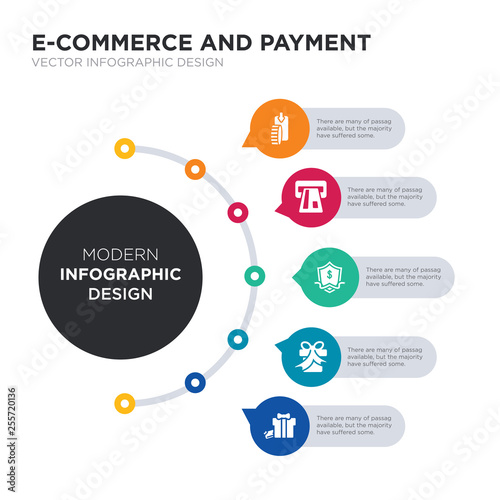Developed in the center East and Egypt on hardstone, copper wheel inscribing survived as a craft in seventeenth century Bohemia and Dresden on glass. It was made use of for a variety of purposes, consisting of showing the imperial double-headed eagle (Reichsadlerhumpen) and allegorical styles.
Engravers of this period slowly deserted linear clearness in favour of crosshatched chiaroscuro results. A few engravers, such as Schongauer and Mantegna, handled glass with a sculptural feeling.
Ancient Art
By the end of the 17th century, nevertheless, diamond-point inscription was being supplanted by wheel engraving. Two significant engravers of this duration are worth mention: Schongauer, who increased the art of glass inscription to rival that of painting with works like Saint Anthony Tortured by Demons, and Mantegna, that shaded his illustrations with brief scribbled lines of varying width (fig. 4) to accomplish chiaroscuro results.
Various other Nuremberg engravers of this time included Paul Eder, who excelled in delicate and small landscapes, and Heinrich Schwanhardt, that inscribed engravings of fine calligraphic quality. He and his child Heinrich likewise created the strategy of engraving glass with hydrofluoric acid to produce an effect that looked like glass covered in ice. The etched surface area might after that be reduced and inscribed with a copper-wheel. This approach is employed on the rock-crystal ewer shown here, which combines deep cutting, copper-wheel engraving and polishing. Determining the engraving on such items can be challenging.
Venetian Glass
When Venice was a European power, Venetian glassmakers took the lead in numerous high value-added markets. Unlike textiles and style, glassmaking maintained a tradition of innovative strategies. It additionally lugged seeds of the attractive majesty personified in Islamic art.
Nonetheless, Venetian glassmakers were not anxious to share these concepts with the remainder of Europe. They maintained their artisans cloistered on the island of Murano so they would certainly not be affected by brand-new patterns.
Although demand for their product ebbed and flowed as tastes changed and rival glassmakers emerged, they never ever shed their interest well-off clients of the arts. It is consequently not a surprise that etched Venetian glass shows up in various still life paintings as a symbol of luxury. Often, a master treasure cutter (diatretarius) would certainly reduce and embellish a vessel at first cast or blown by another glassworker (vitrearius). This was an expensive endeavor that called for terrific ability, patience, and time to generate such in-depth work.
Bohemian Glass
In the 16th century, Bohemian glassmakers adapted the Venetian recipe to their very own, developing a much thicker, more clear glass. This made it simpler for gem-cutter to carve similarly they sculpted rock crystal. Furthermore, they established a method of cutting that permitted them to make extremely comprehensive patterns in their glasses.
This was followed by the manufacturing of tinted glass-- blue with cobalt, red with copper and light eco-friendly with iron. This glass was popular north of the Alps. In addition, the slim barrel-shaped cups (Krautstrunk) were also popular.
Ludwig Moser opened up a glass style studio in 1857 and achieved success at the Vienna International Event of 1873. He established a completely incorporated factory, offering glass blowing, brightening and etching. Until completion of The second world war, his firm controlled the marketplace of engraved Bohemian crystal.
Modern Craft
Inscription is among the oldest hand-icraft approaches of ornamental refinement for glass. It requires a high level of accuracy in addition to an artistic creative imagination to be efficient. Engravers need to additionally have a sense of make-up in order to tastefully integrate glossy and matte surfaces of the cut glass.
The art of engraving is still to life and flourishing. Modern strategies like laser engraving can achieve a greater level of information with a greater rate and accuracy. Laser modern technology is likewise able to generate styles that are less prone to chipping or fracturing.
Engraving can be made use of for both industrial and attractive purposes. It's preferred for logos and hallmarks, as well as attractive embellishments for glass wares. It's also a preferred way to include personal messages or a champion's name to prizes. It is very important to note that this is a hazardous job, so you ought practical engraved gifts to constantly use the ideal safety tools like goggles and a respirator mask.
